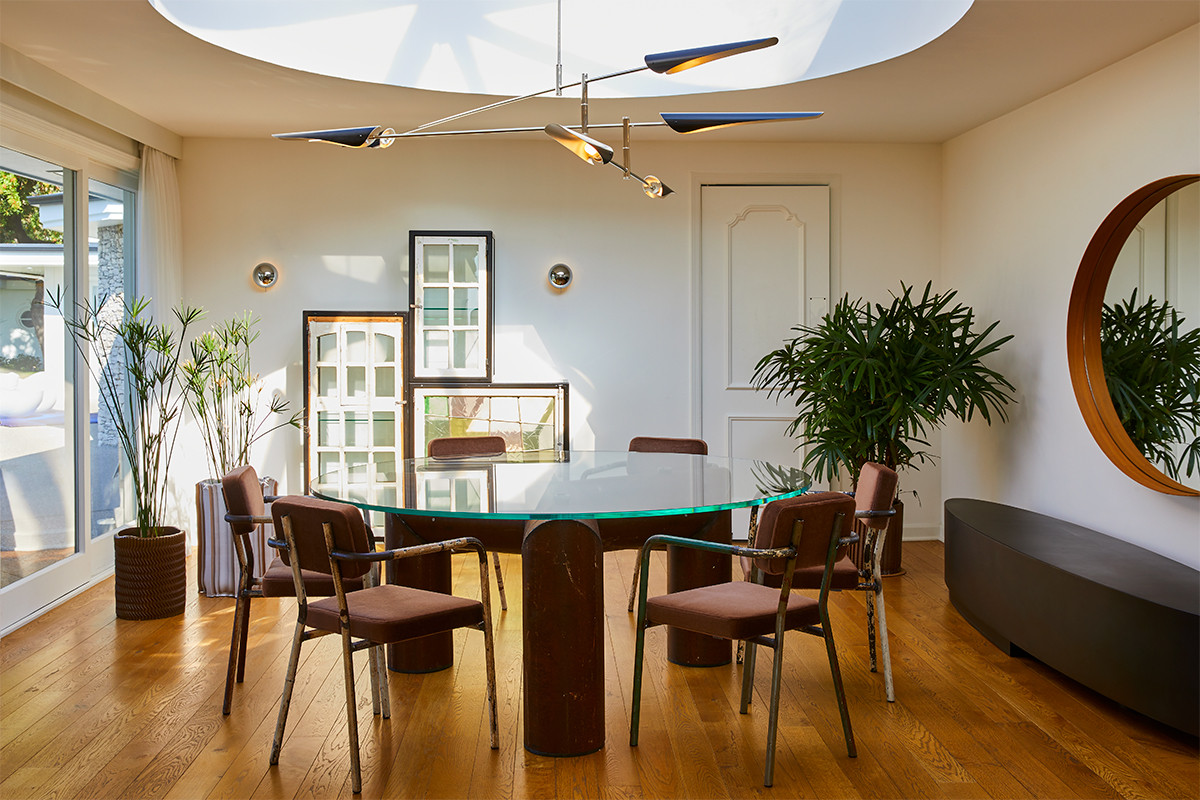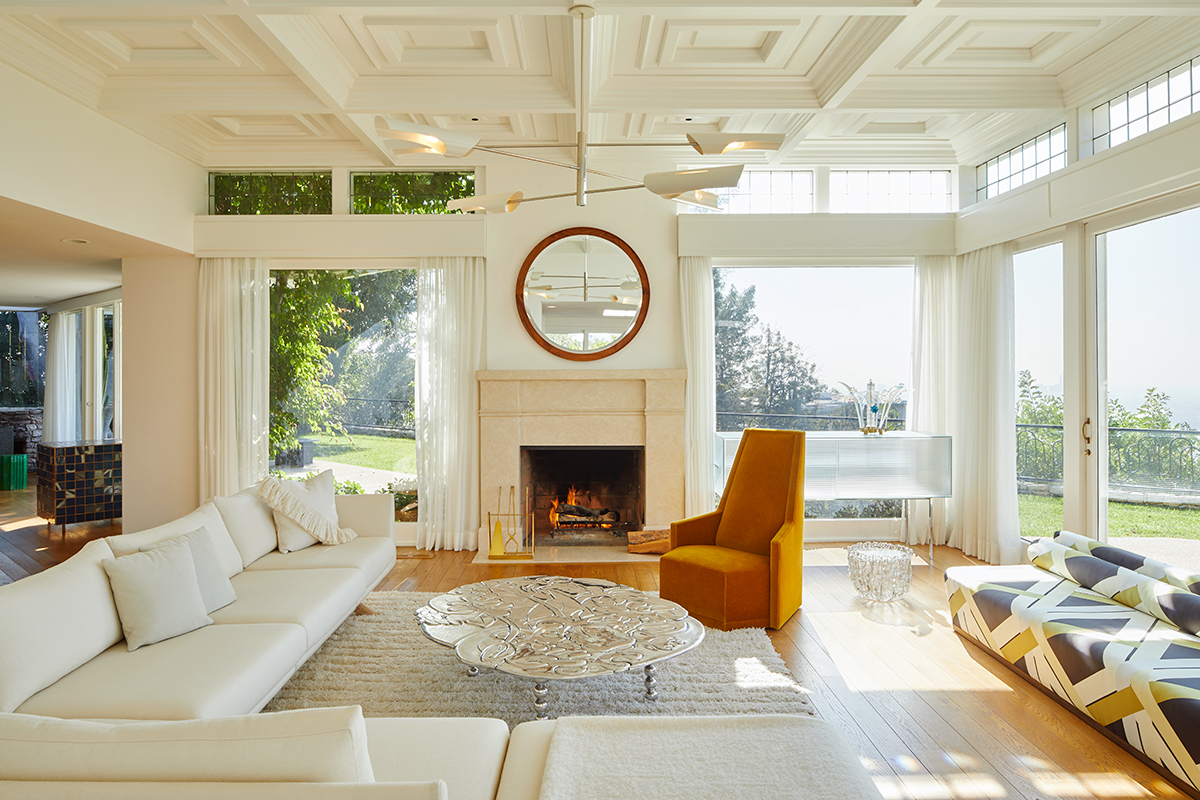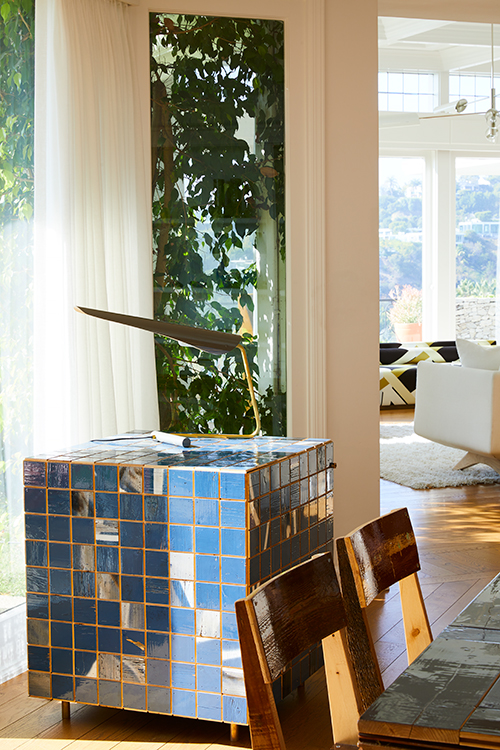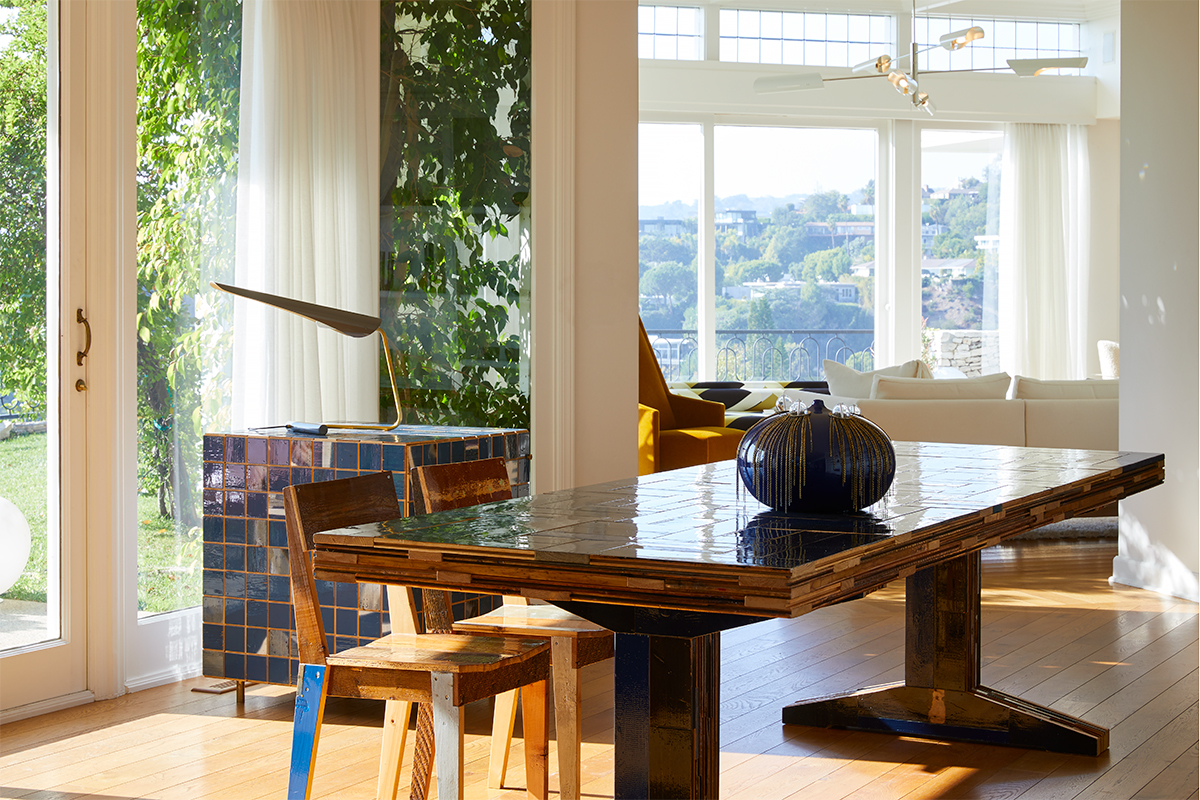
Interview with David Weeks
It’s no exaggeration to say that David Weeks, who founded his eponymous studio in 1996, is the OG of the North American designer lighting scene. Following the breakout success of his innovative desk lamps at the ICFF furniture fair in 1997, the RISD graduate has built a successful, expansive practice known for visionary lighting and furniture collections that combine technical rigor with handcrafted fabrication.
For many years, David Weeks has been synonymous with downtown New York’s creative explosion, yet his designs are increasingly international in scope. It was high time to ‘head west,’ and the studio has done just that, partnering with The Future Perfect to bring David Weeks ’collection to California. On the eve of the west coast launch, we caught up with Weeks on his successful California promo tour.

How is the West Coast?
It’s been super exciting; both the TFP locations are so interesting in their own right. I love the West Coast: I probably would have moved out here after school if it wasn’t for the woman I married. I like LA - in so many cities you can see it all in a few weeks, but LA and New York are two of the cities that just go on and on and on (in terms of discovery).
How did your relationship with The Future Perfect come about ?
It wasn’t an impulsive move at all, it was very much timely and needed. David and I have known each other for so long and the timing was just right and the TFP is kind of ground zero for American design.


You’re considered a pioneer in the lighting space. In the last decade or so, there’s been an explosion of interest in lighting designers, particularly in the US. You started your studio in the 1990s… What do you chalk this popularity up to?
It’s interesting, as it was something that just felt so natural at the time and now it’s such an active discipline. I mean lighting is a lot more economical as a format and you have the opportunity to have a really special place in a [consumer’s] home, whether it’s an entryway or a dining room. Lighting just seems to resonate with people in ways that other [design] categories don’t and it has been interesting to watch, having done it so long, you start to see different kinds of work and overlapping ideas emerge. Everyone brings their own personal perspective to the table.
A lot of designers don’t alter their process when it comes to creating different products. That being said, was there any challenges or process changes when you started working in furniture and sculptural pieces?
Having done this for over twenty years, and not having studied it initially, it took a good five years of experimentation. Now I think the strength of the studio - and our designs - is that we start from the unknown without a final plan in place. So it’s a very similar process no matter the project - it’s about being willing and having faith in the process regardless of what the outcome will be.

You’ve sited toys as an ongoing source of inspiration. Can you talk us through the genesis of this influence?
I don’t know who said it first, but you design best when you’re design for yourself… and that’s something I developed when playing with my son and his action figures. For a while there he and I would go to yard sales and we would always look for the weirdest action figures we could find. Inevitably as I played with those toys I saw the connection points. It was never really a plan or a specific goal to speak to children, but it brings a playfulness and open-ended quality to my work. If something is playful in the beginning, it will often be there at the end.
You’ve worked with some inspirational craftspeople is some marvelous places. What is it about a designer > artisan relationship that makes it click?
Craft is really about the people and what they bring to the work. An African craftsman is very different from a German craftsman, and so on, and I think every culture brings their own perspective to what they’re making. I had the opportunity to work in Dakar with a team of artisans on woven chairs for Moroso and it was one of the best experiences I’ve had designing. There, craftsmanship is a really key part of the culture and being an African metal shop, they had few tools but the ability to make everything extremely fast. [These relationships] really lend themselves to the way I work, as I don’t go in with huge expectations of what the final result will be. I came back to our shop in Brooklyn and felt ‘we don’t need any of this stuff!’
David Weeks lighting is on view in our San Francisco and Los Angeles galleries and online.

 The Future Perfect
The Future Perfect